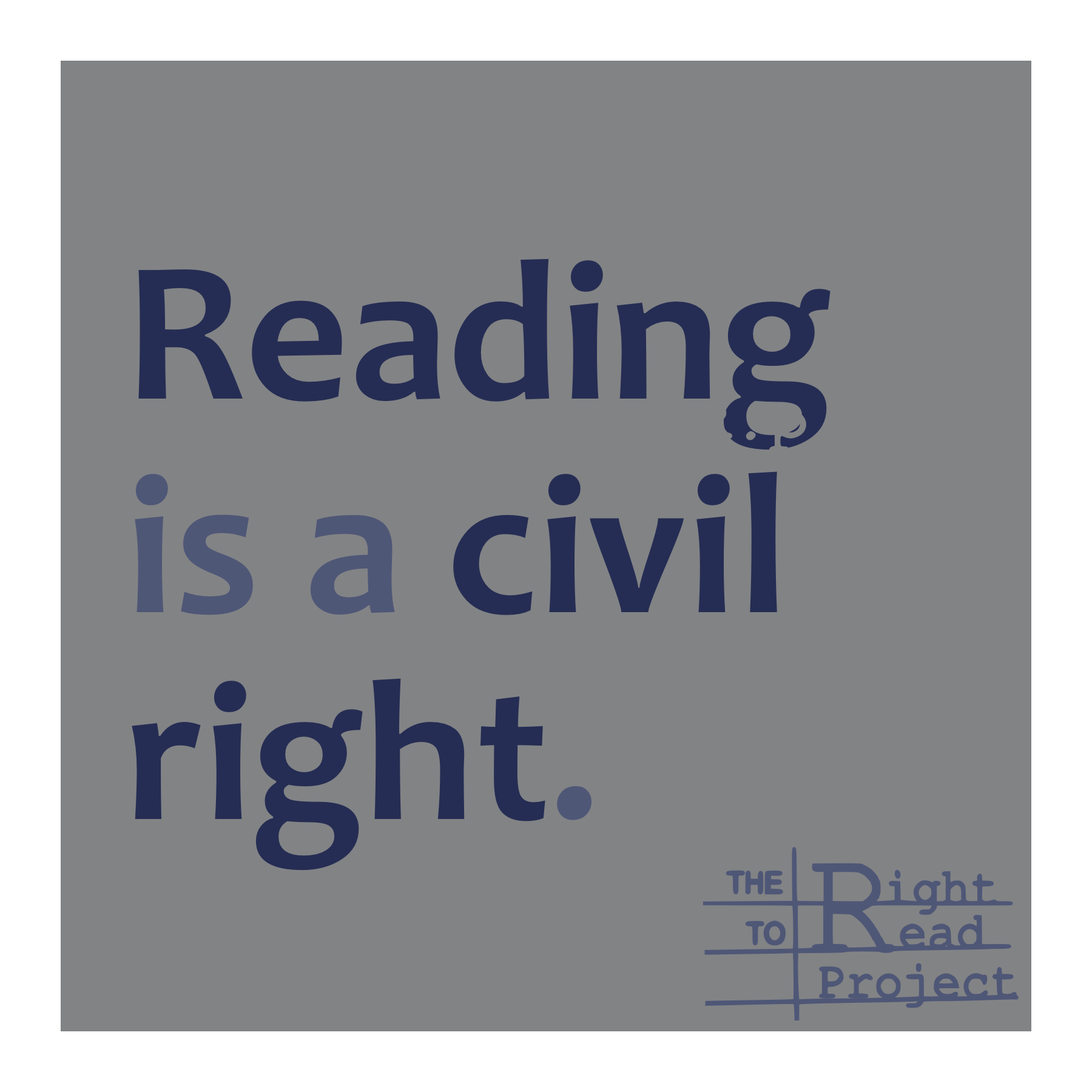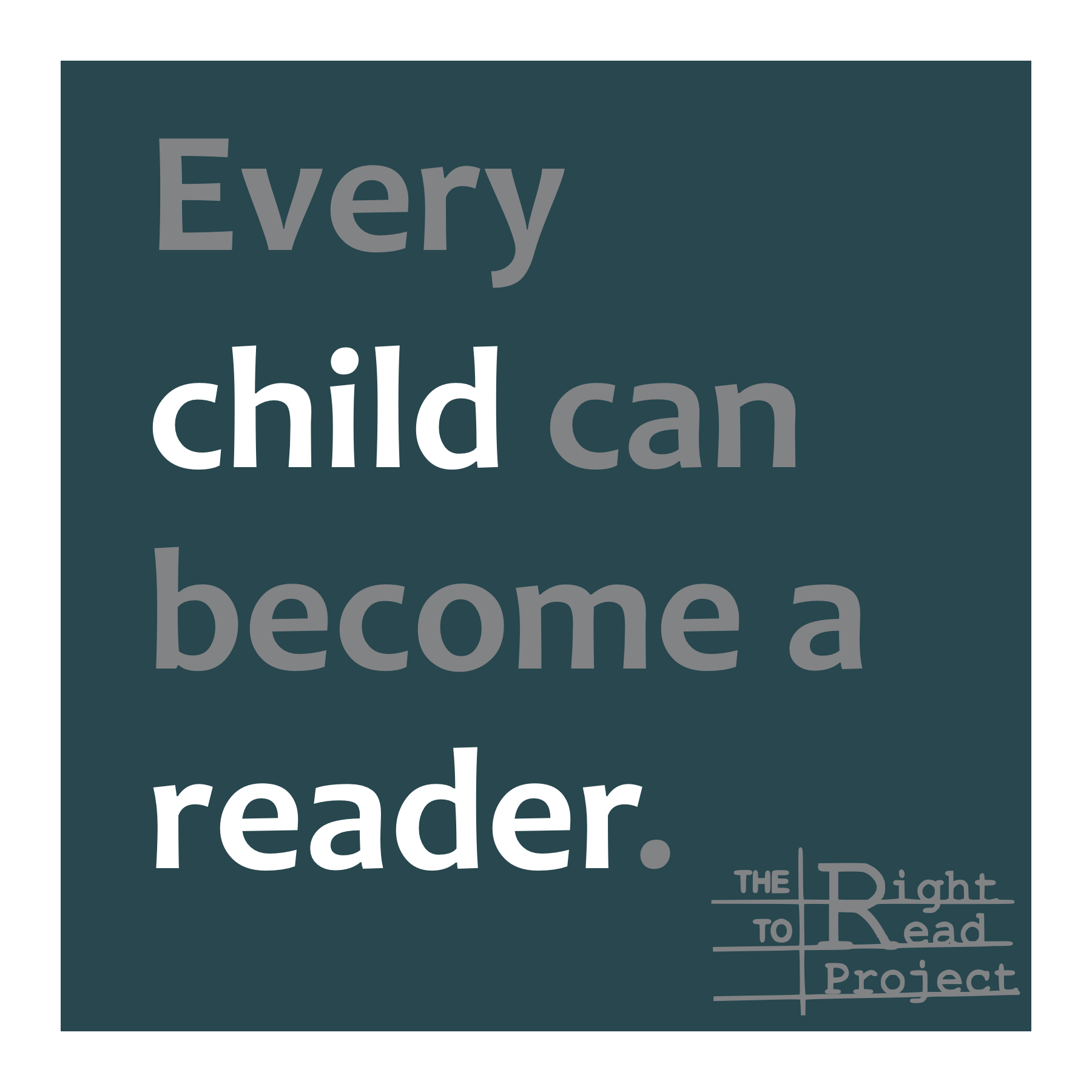As a classroom teacher, I felt anxious when visitors observed, so as a coach I attributed my nervousness about observations to sympathy pains. But now I know that principals, vice principals, and even coaches rarely watch instruction, and I’ve heard many confessions like this:
“I realized that the biggest barrier was in my own head. I actually felt shy about going into classrooms for an in-depth look. It was as if there was a force field around each room…”
Principal quoted in Running on Empty? Finding the Time and Capacity to Lead Learning
We Should, But We Don’t
We know that we’re supposed to regularly observe instruction, and yet it rarely happens. Most coaches spend the bulk of their time doing other things: working with students who need extra help, filling in for teachers who are absent, or taking on administrative tasks.
And principals? My principal says this quote paints an accurate picture:
“The principal’s typical workday consists of a continuous stream of brief, fragmented, problem-oriented interactions, most of which are initiated by others… Principals who begin the morning with an intention to visit classrooms often find themselves waylaid by students, teachers, staff, and parents with urgent problems to be solved. The ‘classroom visit’ that requires an uninterrupted block of time is postponed.”
Running on Empty? Finding the Time and Capacity to Lead Learning
This problem isn’t new. According to studies spanning decades, from 2013, 2010, 1984, and as far back as 1977, the average school leader spent just 5-13% of their time on matters related to instruction. Increasing the percentage to 20-40% can improve student achievement, but efforts to push site-leaders into classrooms, like district-led walk-throughs, aren’t very effective.
When We Do, It’s An Event
When a group of district administrators or an education consultant visits, classroom observations become a production. A huge chunk of the day is blocked off, regular business in the school office is put on hold, and the teaching in classrooms becomes performative. This perpetuates the feeling that observing instruction is a heavy burden, impossible to make time for on a regular basis.
We Do Need to Know
To make decisions as school leaders, like what materials and professional development our staff requires, we need to understand business-as-usual in classrooms. Often after observing, we realize that our answers to basic questions are different than we expected:
Curriculum
- Is the adopted curriculum being used?
- Is it being taught as intended?
Instruction
- How aligned is instruction across classrooms?
- Do teachers have the knowledge and confidence necessary to adapt instruction to meet students’ needs?
Classroom Management
- Are classrooms running smoothly?
- Is time being used well?
There are frameworks, observation tools, action guides, and accountability measures like time-tracking, but the counterpull of other demands is so strong that we must actually want to do informal visits in order to prioritize them.
Why We Don’t
Here are some of the reasons for reluctance to visit classrooms that I’ve heard from principals and coaches and my own responses.
My teachers don’t like to be observed.
This is probably true. When observations are infrequent, the experience can feel stressful for both the observer and the teacher being watched. But teachers are nervous because we care, we want to do well, and we’re eager to please and to earn respect.
Teachers believe in the importance of learning and we appreciate the people who help us grow. When observations are frequent and we’re given supportive feedback and clear guidance about how to improve, the anxious feelings subside. A teacher recently told me that she was nervous about a colleague down the hall coming to observe in her room.
“I haven’t had an observation for over a year.”
I said, “I was in your class yesterday!”
“You don’t count. You’re always there.”
At that moment I realized the goal of my coaching; for it to be so routine that it’s just part of the daily business of teaching, not an imposition to any of us.
I don’t know what to look for.
A school leader who cares about providing helpful feedback and understanding effective instruction is already leaps and bounds ahead of most. Attending professional development sessions and lesson planning alongside teachers builds knowledge of what to look for and has the added benefit of promoting teacher buy-in to the school’s literacy initiative. Asking teachers what’s been hard about implementation or what they’d like an extra set of eyes on can make observations feel mutually beneficial.
Classroom observations create more work for me.
Yes. Yes they do.
But observing and providing feedback doesn’t have to take a lot of time. When observations are a normal part of the school day, feedback can be an informal conversation, a quick note jotted down on a post-it, an email sent to all the teachers observed, or a thoughtful message drafted for the school newsletter.
So why do we have the feeling that observations create work? In part, that’s because we don’t do other tasks while we’re observing so things pile up a bit. But I think the bigger reason is that while observing, we see how easy it is for anyone in our school to choose an easier route rather than the one that will result in the most student learning. We realize how hard it is to maximize instructional time, how difficult classroom management can be, and how many decisions teachers make.
Observations feel burdensome not because of the time they take, but because they force us to face the hard work of leading school improvement.
Why We Must
The teaching that occurs in classrooms is what differentiates schools from other buildings. And instructional leadership is what makes a principal or coach different from a run-of-the-mill building manager.
It’s on us, as school leaders, to ensure that classrooms are running well, instruction is strong across classrooms, and grade levels are building upon each other’s work.
To provide the leadership that increases student learning, we have to be present where the learning happens—in our classrooms during daily instruction.









My dissertation study was on administrator knowledge of early reading instruction. I found that many admin know less than they realize, yet they are confident in their abilities.
Another example of the Dunning-Kruger Effect!
https://thedecisionlab.com/biases/dunning-kruger-effect